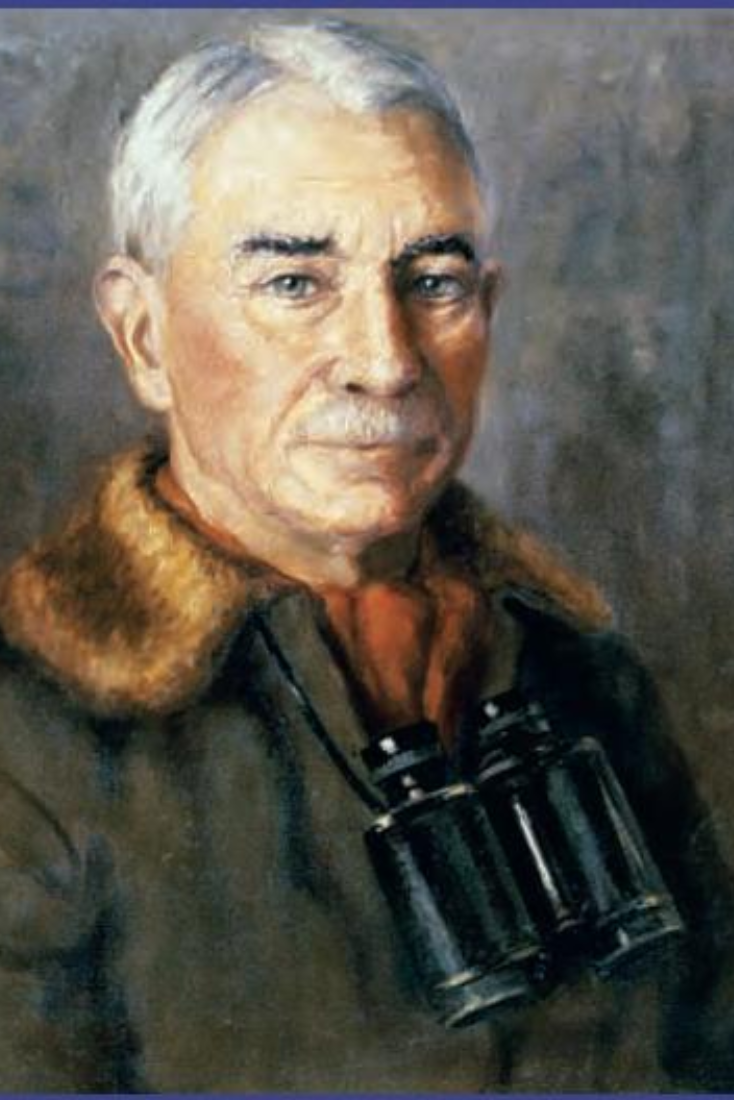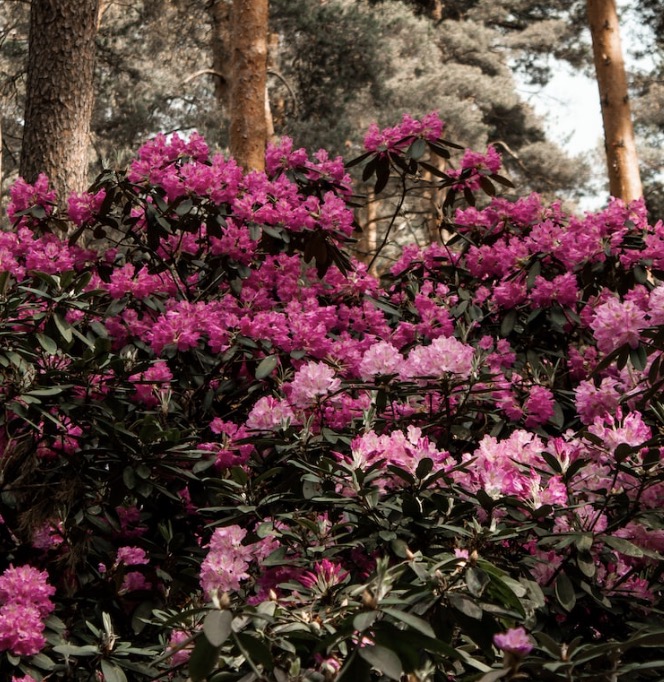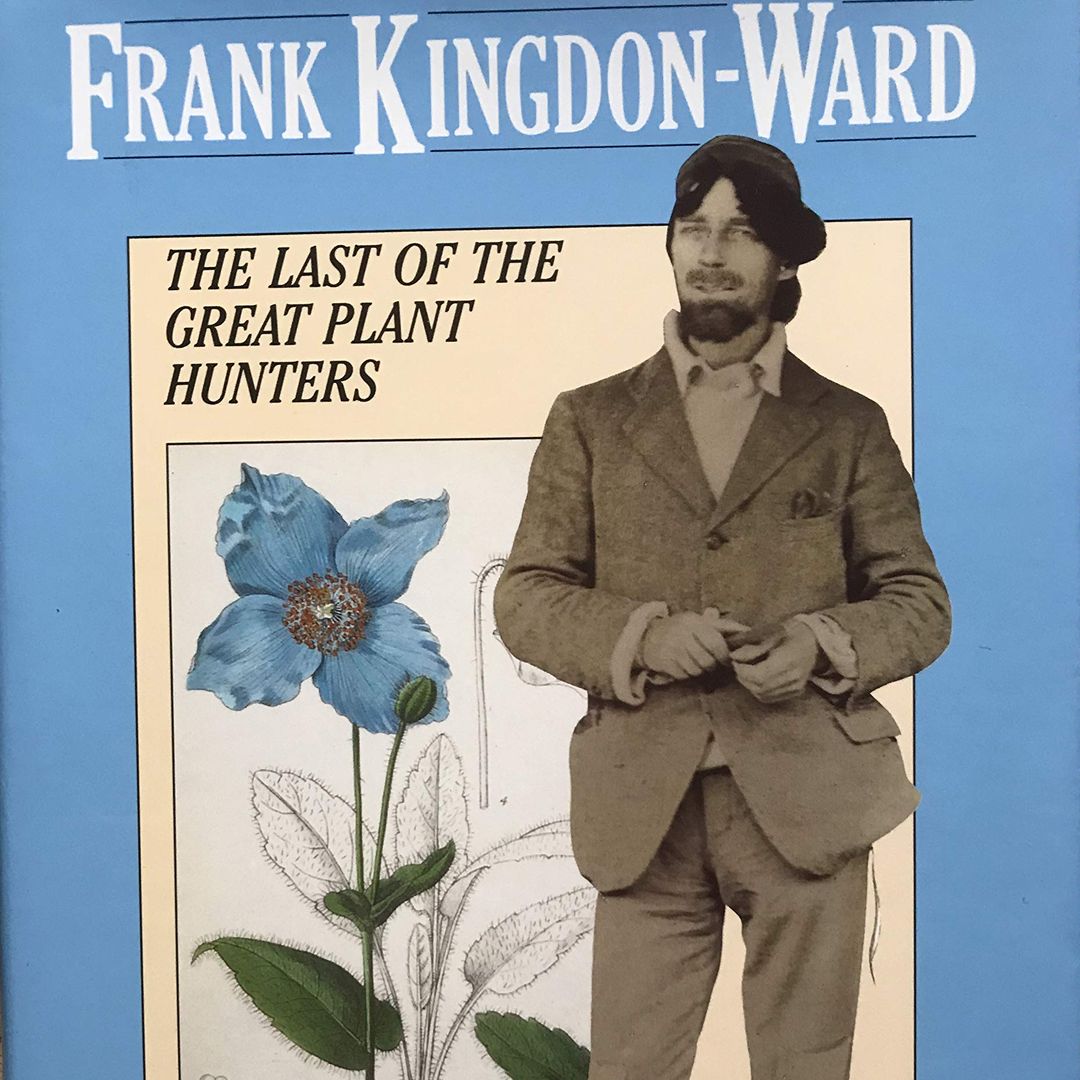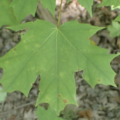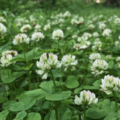The Viral 1930s Article Featuring Plant Explorer Frank Kingdon-Ward and his Botanical Adventures
"On another of his Tibetan expeditions, he discovered the blue poppy, a flower sought by all horticulturists in this country and obtained by few."
July 1, 1932
On this day, newspapers worldwide ran a fascinating article about the botanist Frank Kingdon-Ward titled "Plant Explorer Finds Adventure."
Here's what the Altoona Mirror out of Altoona, Pennsylvania, reported:
Captain Frank Klngdon-Ward, tall, well-built son of Britain, probably one of the world's most noted plant seekers, who has journeyed all over the world in search of rare flowers, has led a life as exciting as any explorer, and has given the world some of its most beautiful and rare blooms.
Now in his late "40's, he is tanned from the winds and suns of tropical India, Asia, and the forbidden land of Tibet.
He has collected flowers from the heights of the Himalayas, and from the depths of marshy Indian -jungles.
His last expedition occurred in 1931.
On it, he discovered a new pass into Tibet 35,000 feet above sea level, through an out-flung range of the Himalayas.
His efforts in prying through thick jungles and climbing high mountains were rewarded in the discovery of a new species of slipper orchid, said to be worth about $500.
On another of his Tibetan expeditions, he discovered the blue poppy, a flower sought by all horticulturists in this country and obtained by few.
To give an idea of the trying conditions under which he labored, consider that he discovered a new river, the Nam-Tamai, the lost source of the Irrawaddy, which no white man in 2,000 years of civilization had found.
Along this river, through virgin forest, he and his small band trudged, meeting wild beasts and hostile bands of natives.
Back in the wild country, he located a people hitherto known only; as a vaguely surmised race, the Darus. These people had never seen a white man before Kingdon-Ward arrived.
One of the most unusual plants he ever discovered was the rare Nomocharis farreri, a beautiful flower (lily) of China.
This plant was found by accident and during the height of a violent rainstorm.
The flower itself is rose pink outside, and dappled with royal purple inside.
Each stem, from 12 to 15 inches in height, bears one, two, or three of the flowers, which grow as large as teacups.
The flower that Captain Kingdon-Ward prizes most of all is the Campanula calcicola, "perhaps the most beautiful rock plant I discovered."
It was found growing in limestone cliffs, and is adaptable to rock gardens.
Captain Kingdon-Ward describes a land of rare rhododendrons vividly in a book he wrote on his adventures in China and Asia.
"You may wander for days ankle-deep through a chromatic surf of rhododendrons, rose pink, ivory white, lavender, plum purple, crimson, and amber yellow.
They are woven into carpets of queer design and ample pile, or form tuffets, or hassocks, or mere tangles, mats, or brooms.
They spread and sprawl everywhere, bushy and twigulous, all looming Into flower together; still looking across the dark ocean of moorland, you see the billowy hills crested with color; and, where escarpments break the even roll, the plant growth surges high up the rocks.
It is western Szechwan, the Tibetan marshes. home of the 'Lapponicum' rhododendrons."
This post was featured onThe Daily Gardener podcast:
helping gardeners find their roots,
one story at a time
